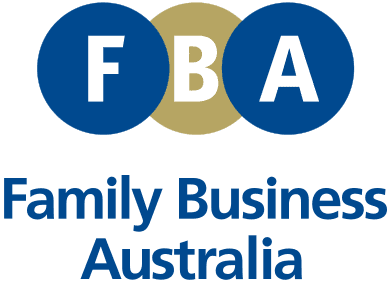When buying a strata property, there are a number of important factors to consider before committing to the purchase.
Under the Strata Titles Act 1985 (WA), a seller of a strata property is required to provide the buyer with a series of documents. These include a disclosure statement (a Form 28); details about buying and selling a strata property (a Form 29); a copy of the default by-laws that may apply to the property; a copy of the registered or proposed strata / survey-strata plan; the unit entitlement of every lot within the scheme and any proposed or existing by-laws that vary the default by-laws. If the seller is selling a strata property ‘off the plan’, the disclosure requirements are even wider.
It is important when buying a strata property to examine these documents closely before you sign an offer to purchase.
You will need to look at the strata or survey-strata plan so you know what would be part of your lot and what the common property is. The boundaries between lots and common property in a scheme are not always easily interpreted. It is always advisable that if you are inexperienced about strata titled property, you seek advice from a professional specialising in strata titles.
You will also need to consider the scheme’s by-laws. These determine how you can live in and enjoy your property and may include restrictions on things like noise, keeping a pet in the property and smoking, etc.
You also need to be aware of the levies and other costs associated with the strata property. Maintenance of common property is a cost usually shared amongst all owners in a scheme, based on each lot’s unit entitlement. Strata levies are paid to your strata company to cover these costs. These costs differ from scheme to scheme, so it is important you understand what these are up front.
There are many advantages to living in a strata property, including access to shared services, reduced day to day living costs, lower maintenance and upkeep requirements and a sense of community.









